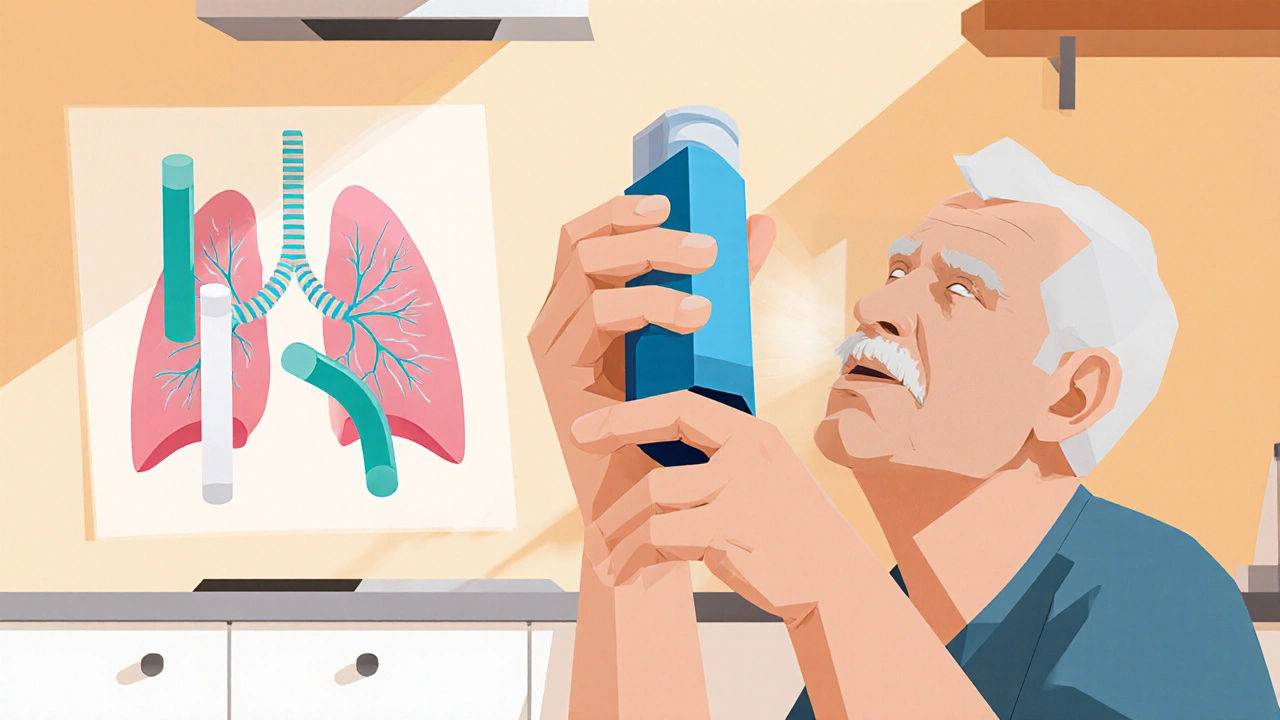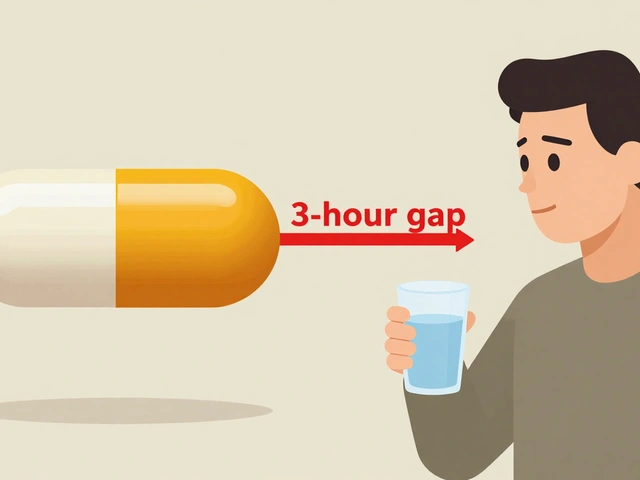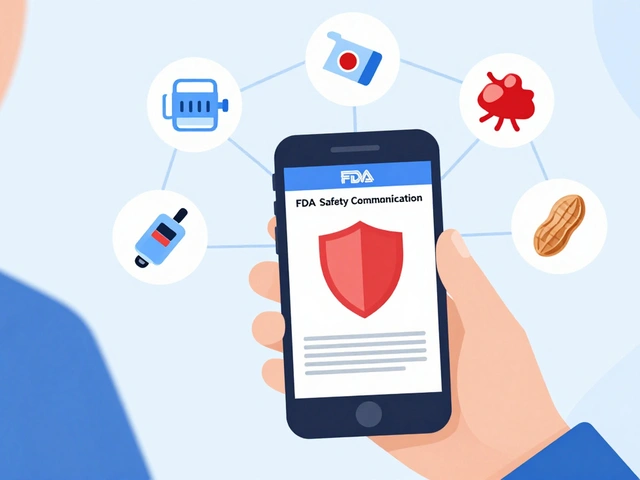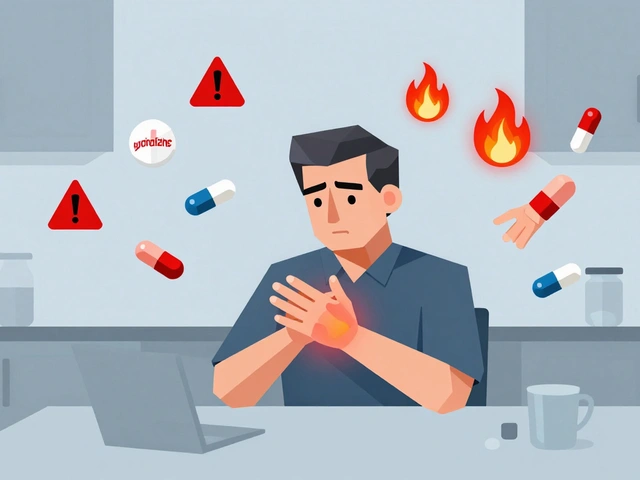Dry Powder Inhaler: How It Works and What You Need to Know
When you need quick relief for asthma or COPD, a dry powder inhaler, a device that delivers medication as a fine powder directly into the lungs without needing a propellant. Also known as DPI, it’s one of the most common ways people with breathing problems get their medicine. Unlike inhalers that spray mist, dry powder inhalers don’t need a canister or button to press. You just breathe in fast and deep—and the medicine goes straight to your airways. No coordination needed between pressing and breathing. That’s why many doctors recommend them, especially for kids and older adults who struggle with timing.
These devices work best with asthma treatment, a category of medications that reduce swelling and open up airways like fluticasone, budesonide, or salmeterol. They’re also used for COPD medication, drugs that help manage chronic bronchitis and emphysema symptoms. The powder form means no cold propellants, which can irritate the throat. It’s also more stable in heat and humidity, making it easier to carry while traveling or during outdoor activities. But here’s the catch: you have to inhale hard and fast. If your breath is too slow, the powder won’t reach deep into your lungs. That’s why some people need training—or switch to a different device.
There are dozens of brands, from Accuhaler to Diskus to Twisthaler. Each has a different design, but they all rely on the same principle: your breath powers the delivery. Some require you to load a capsule first. Others come pre-filled. Some are single-dose. Others hold multiple doses. The right one depends on your lung strength, dexterity, and what your doctor prescribes. You’ll find reviews and comparisons in the posts below, where real users share what worked—and what didn’t.
What you won’t find here is fluff. Just clear, practical info on how these devices fit into real-life treatment plans. Whether you’re new to using one, switching from a spray, or just trying to understand why your doctor picked this over that—you’ll find answers in the collection below. Real stories, real comparisons, and real advice from people who’ve been there.
Learn how tiotropium bromide works, master the Respimat inhaler technique, tackle common usage problems, and get practical tips to improve your COPD treatment.
Continue reading...






